*Brand archetype
Brand Archetype Jester: raises awareness in a lighthearted way

Is your brand or company focused on conveying your serious vision and mission in a playful and cheerful way, and raising awareness about important issues? Do you present yourself in a funny, yet subtle and taboo-breaking manner? There is a good chance that your business belongs to the brand archetype Jester! Despite the name suggesting that these types of brands behave mainly in a funny and clownish way, that is not what we mean by the Jester archetype. The Jester is known for using humor to bring attention to a critical message that is larger than just the company or brand itself. And it is precisely through this approach that a Jester is able to effectively convey their vision.

SMART and FIAT 500 were the jesters of their time.
The Jester brand archetype comes in different shapes and sizes
A Jester, also known as a fool or clown, is not just silly and funny. The Jester believes that it’s important for customers to have a good time and to relax. The key concept is fun and humor. You shouldn’t take life or yourself too seriously and should have a bit of self-deprecating humor. When we look at the communication of Jester brands, we see that they often bring up serious messages or even larger societal issues, but always with a wink and humor. This approach is not only reflected in the company philosophy, but also in all aspects of communication, design, visual representation, company culture, employment conditions, leadership, and employees.
The Jester makes life a bit lighter and knows how to put things into perspective. A Jester is honest, diplomatic, and charming. Although you might think that a fool does not need to be taken too seriously, they do have opinions and messages, and can even be critical.
The role of a fool is actually that of a comedian. A comedian often talks about social relations and societal developments, and provides their perspective through humor. The comedian of today is the Fool of the past. The Fool was the only one who was allowed to criticize the king or express dissenting opinions. The others knew better and said nothing but “yes” and “amen.” Between a clown and a comedian lies a whole spectrum of nuances.
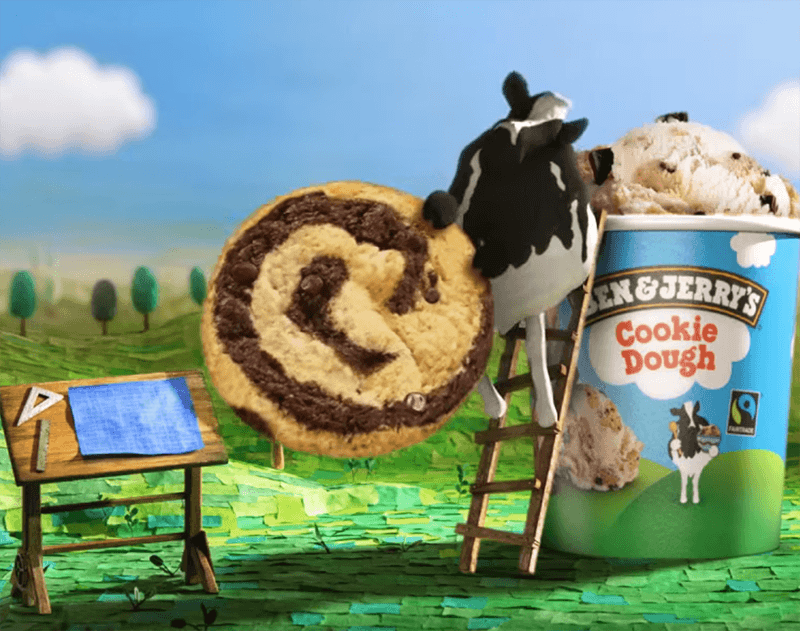
funny, cheerful and approachable but often a serious message.
For example, Ben & Jerry’s is a successful Jester. The design of their website and tone of communication are cheerful, funny, and approachable. The serious undertone is that they are developing a system that “regenerates, enriches and improves life; and not just causing less harm”. A sentence that is typical of a Jester. Ben & Jerry’s serious message is to further explain the concept of fair trade, encourage its implementation and combat polarization. They challenge other brands to hold the same ideals, and call on the business world to work in a way that is ethical, sustainable and profitable. A strong implementation of the brand archetype Jester.
Now you may be thinking, “This is a far-fetched idea. I am dealing with something completely different from food or retail. I prefer B2B!” Then please read on, as we will explore two examples that are a bit more relevant to your industry.

Brand archetype Jester as recruitment agency
The Jester brand archetype example in business services
YoungCapital is the Dutch temp and recruitment agency of young working Europe. They have over 16,000 candidates working on a daily basis with an average age of 28 years old. In just 3 years, they grew from 500 to 1,300 employees across 28 different locations in the Netherlands. In 2018, they were ranked number 5 on the list of fastest-growing companies. This is a great example of a business service provider for whom the Jester profile works excellently.
The problem that YoungCapital addresses is the gap between students and professionals and the stereotype image that exists about what a millennial really is. Recent graduates have little to no experience and have to compete against young professionals with some (years of) experience. YoungCapital offers millennials the opportunity to gain experience and further develop themselves into a real professional, successfully filling that gap; young people want to work for and employers want to work with YoungCapital.
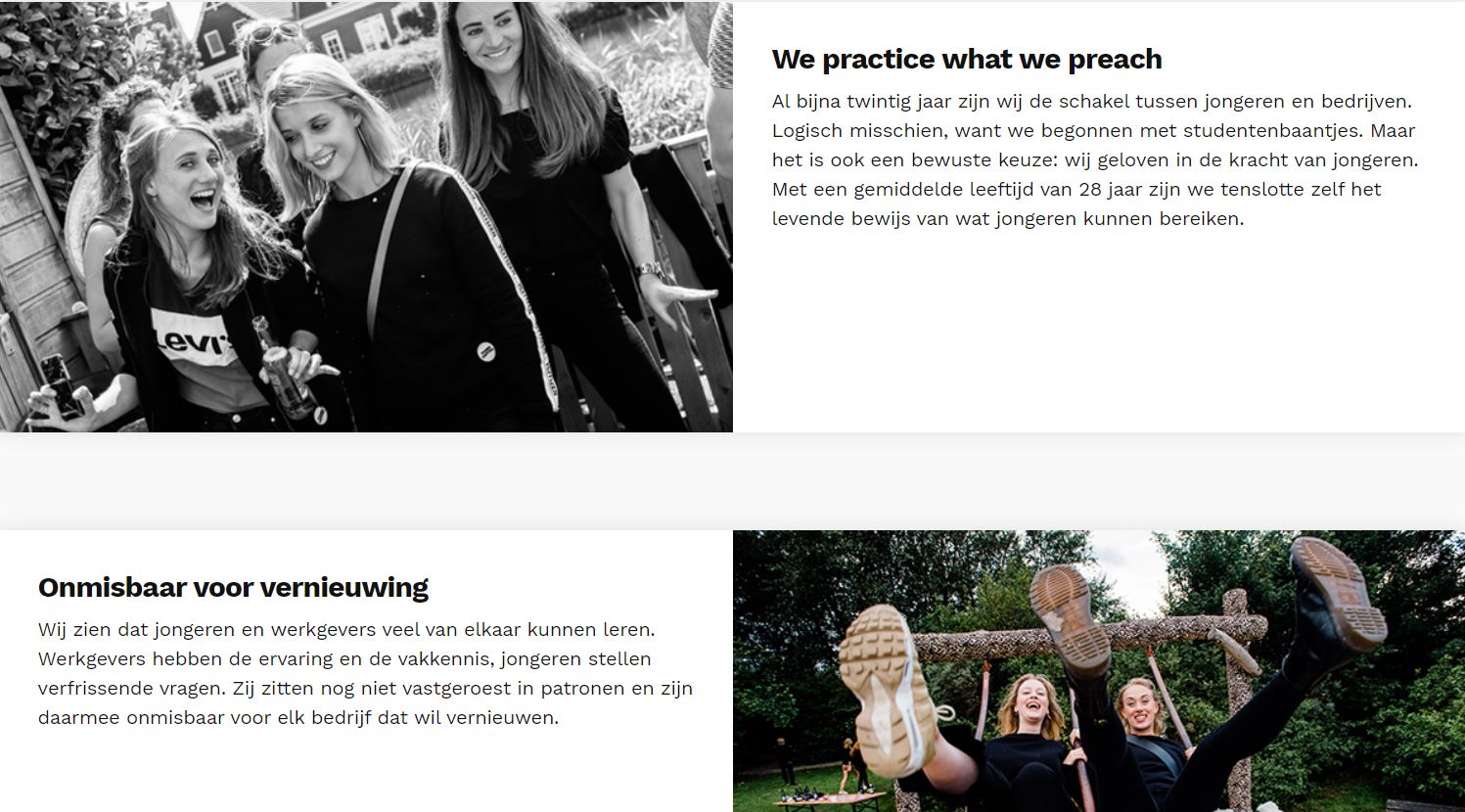
Screenshot website YoungCapital
If we look at the website, we see a clean, confident and clearly present, somewhat loud visual language. Orange and black are the company’s colors and headlines are placed in bold sans-serif capital letters on a contrasting rectangular background. When we look at the use of photos, we see a lot of young people photographed in a casual and exuberantly smiling way. It is clear that they mainly draw from a self-made image bank with one clear style. This creates coherence and calmness on the site. The people in the photos radiate fun, freedom and a certain nonchalance.
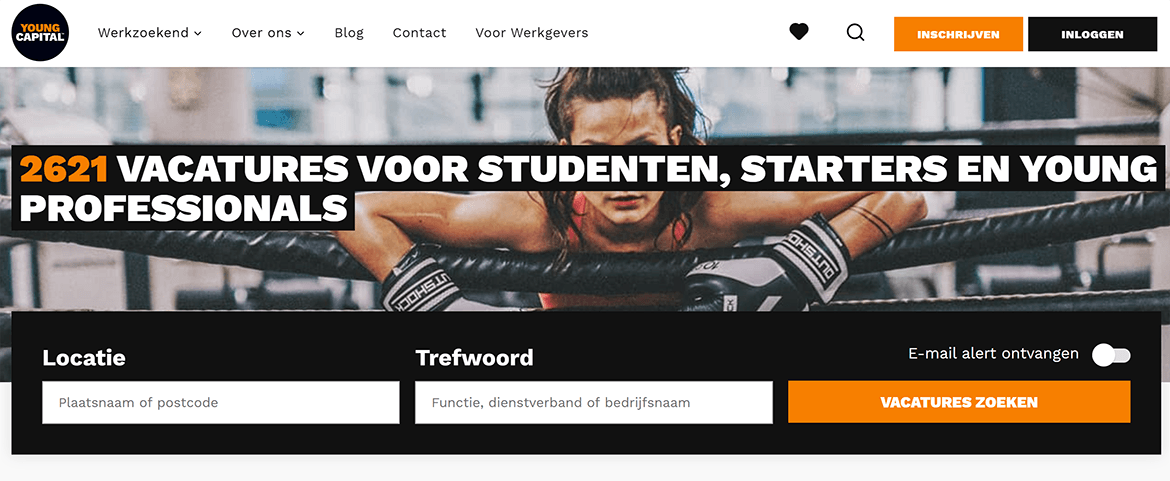
The homepage of YoungCapital
When we look at the content of the website and what they actually convey (message and tone), with titles like “Let the duck out. Become a full-time Flügel duck,” we can certainly say that we’re dealing with a Jester. But if we delve deeper and look at the company’s vision and culture, we see phrases like “with happy people (read: YoungCapital employees), doing business is enjoyable” and “we are energetic, optimistic, and extremely motivated to do better today than yesterday… Moreover, we enjoy what we do. Come visit us, and you’ll feel it immediately,” where fun and optimism are central.
YoungCapital: Work hard play hard
They also organize an annual YoungCapital festival for their employees. It strengthens the sense of community, connecting their employees to the company and turning them into brand ambassadors. The idea behind the festival is based on YoungCapital’s core values: “We achieve results together” and “We have fun”. It couldn’t be clearer, right?
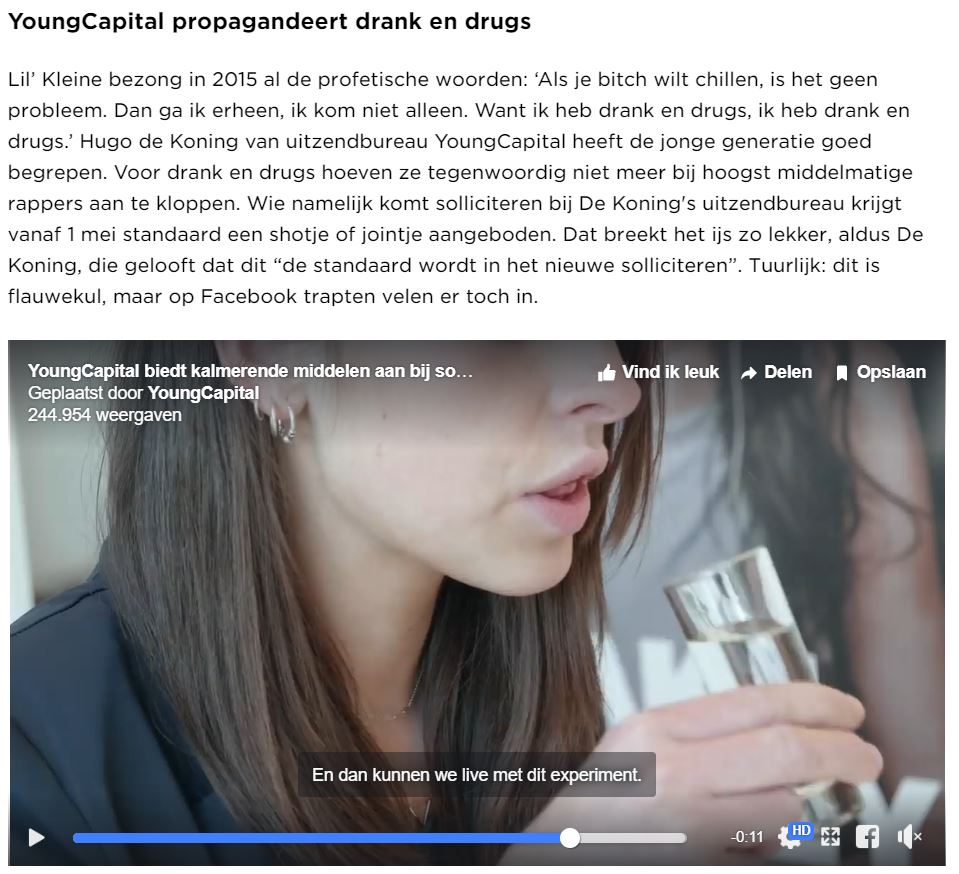
Reaction of Sprout to YoungCapital’s April Fools’ Day joke
As a Jester, you can’t just let April Fool’s Day go by without doing anything. This year, they posted a video introducing taking a shot of alcohol or a joint as a new way to calm down just before a job interview. Later, a video followed with further explanation from the founder, making it clear that it’s actually a bigger challenge: young people experience a lot of stress before going into a job interview. To solve that problem, they came up with a WhatsApp service that provides last-minute tips and answers to candidates. In my opinion, it was a brilliant way to address this issue and launch a new service.
Jester brand archetype example in the industrial sector
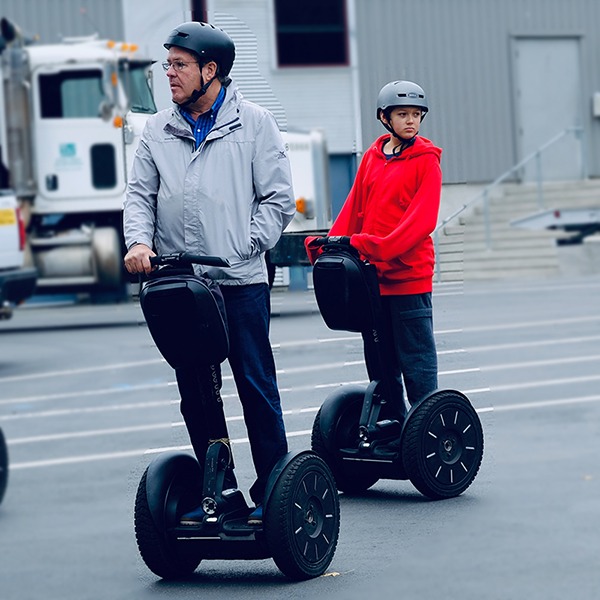
Looks tough, but it often looks different in practice.
Segway is a good example of a Jester that is a little less “in your face.” The founder saw someone in a wheelchair struggling to climb a curb and realized that the world was built for able-bodied people. He decided to invent a device that would make it easier for less mobile people to navigate the world. This is also where the name Segway comes from: a phonetic variant of the word “segue,” which can be translated as “smooth transition from one state to another.”
The first Segway failed. The biggest reason was that it was ahead of its time and mainly appealed to “famous tech wizards.” Not the best influencers for mass adoption. At that time, the company also communicated much more seriously and was focused on the mobility of the future. The current iteration of the company takes itself a lot less seriously, although it still aims to navigate the world for everyone. You also see Segways more and more often on the streets, mainly used by tourists, which unfortunately is a different target audience than the maker had in mind.
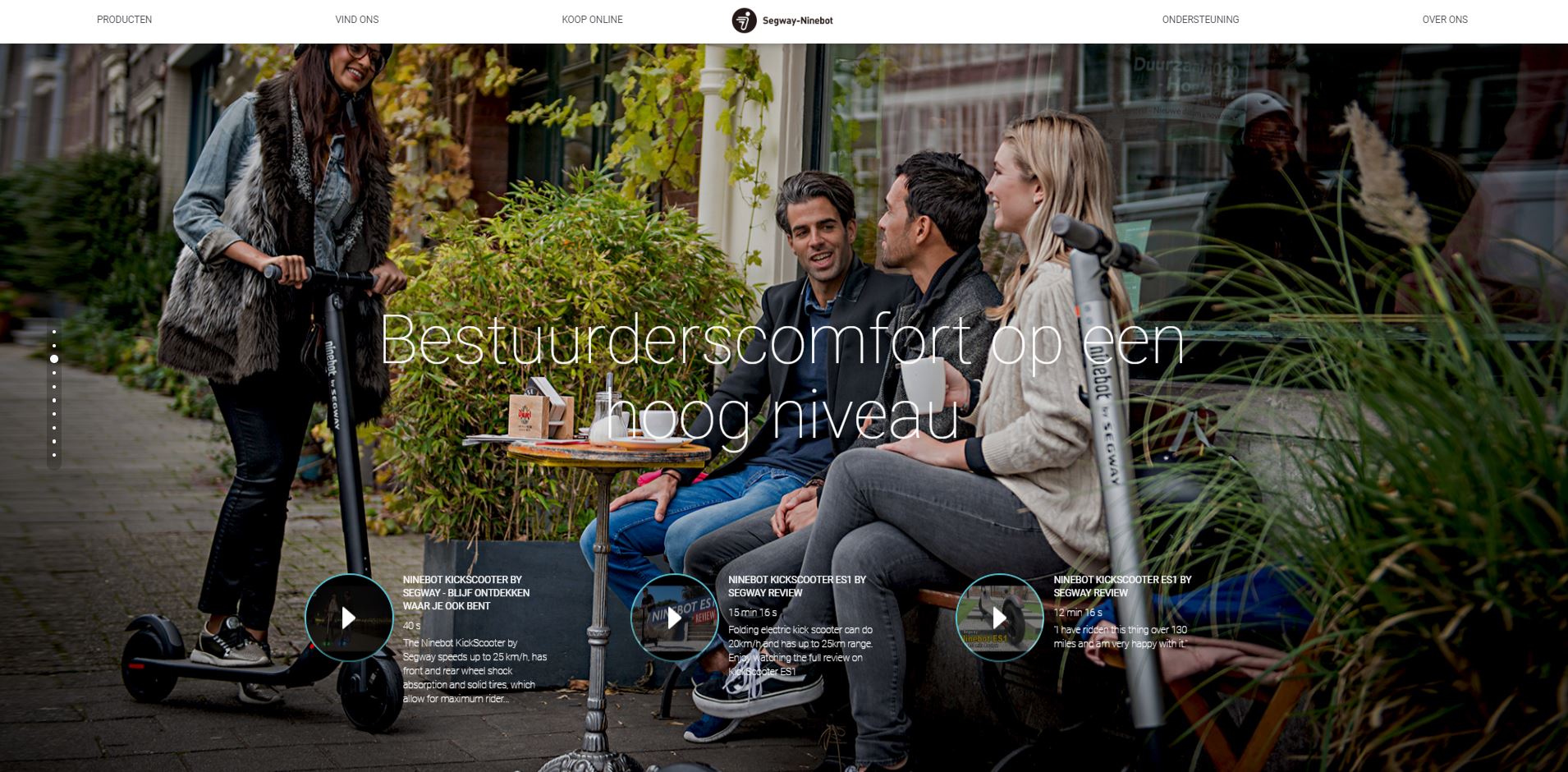
Screenshot of the website Segway
Segway has not lost sight of its mission and has fully embraced the Jester brand archetype. The advertising photography and commercials promote fun and the freedom of thought of the Jester, and the brand has slogans such as “adventure seeking to robotics” and “where style meets fun”. All images exude a certain freshness, with mainly well-dressed and active young people in their work and social environment. And it is precisely in that tension, between a young, hip and active life and the – let’s be honest – somewhat ridiculous looking Segway devices on which we prefer not to be seen, that the Jester brand archetype resides.
We do wonder if the company actually contributes to the solution of the problem it raises. Does it make the world more navigable for everyone, or does it remain a manufacturer of toys for adults? We are curious if the brand can avoid this pitfall.

Screenshot website Segway
Benefits of brand archetype Jester
So there are different styles of the brand archetype Jester, but what do they have in common? What is the strength of a true Jester?
Jester mobilizes customers and fans, generates PR
If you strike the right tone and chord as a Jester, you can go far and highlight and solve a serious societal problem. The audience and your target group appreciate the light or humorous message but recognize the validity of the problem. You also get the chance to persuade people more easily and more often benefit from the benefit of the doubt. Once a fan, people will be more likely to act as brand ambassadors. This is why the brand archetype Jester is able to conquer a target group and market relatively quickly, even when there are strong, established parties.
Just Google the reactions to YoungCapital’s April Fool’s joke; great free publicity!
Pitfall of brand archetype Jester
As with the other brand archetypes, you need to think carefully about how to express it and nuances make the difference. The pitfall of a Jester is – when used incorrectly – that your brand will not be taken seriously, the customer cannot distinguish the message well or take it out, and the jolly behavior overshadows the point you are making.

Related brand archetypes: the Outlaw and the Everyman
Is the Jester not quite the DNA of your company/brand? Related brand archetypes are the Outlaw and the Everyman.
The Outlaw is rebellious and goes against the established order. He challenges and wants to do everything radically different. The courage and extroverted character of the Outlaw overlap with the behavior of the Jester, but the origin or underlying thought differs. It may be that at first glance you doubt between these two archetypes, but when you look at the motivations of the brand, it becomes clear which of the two archetypes it is. The Jester wants to change the market, the Outlaw wants to create his own market.
The Everyman is sympathetic and has a no-nonsense attitude. He is realistic, down-to-earth, social, and above all honest. The social and honest aspect of the Everyman can be found in the brand archetype Jester. With his people skills and social, diplomatic character, he knows perfectly how to assess how to make a problem best discussable. What the Everyman differs from a Jester is the “we” thought and helpfulness. The Jester is not there for others and does not necessarily do things together. He raises problems that others may benefit from, but from an intrinsic value.
It is worth taking a look at articles about the Outlaw and the Everyman or reading our page about brand archetypes.